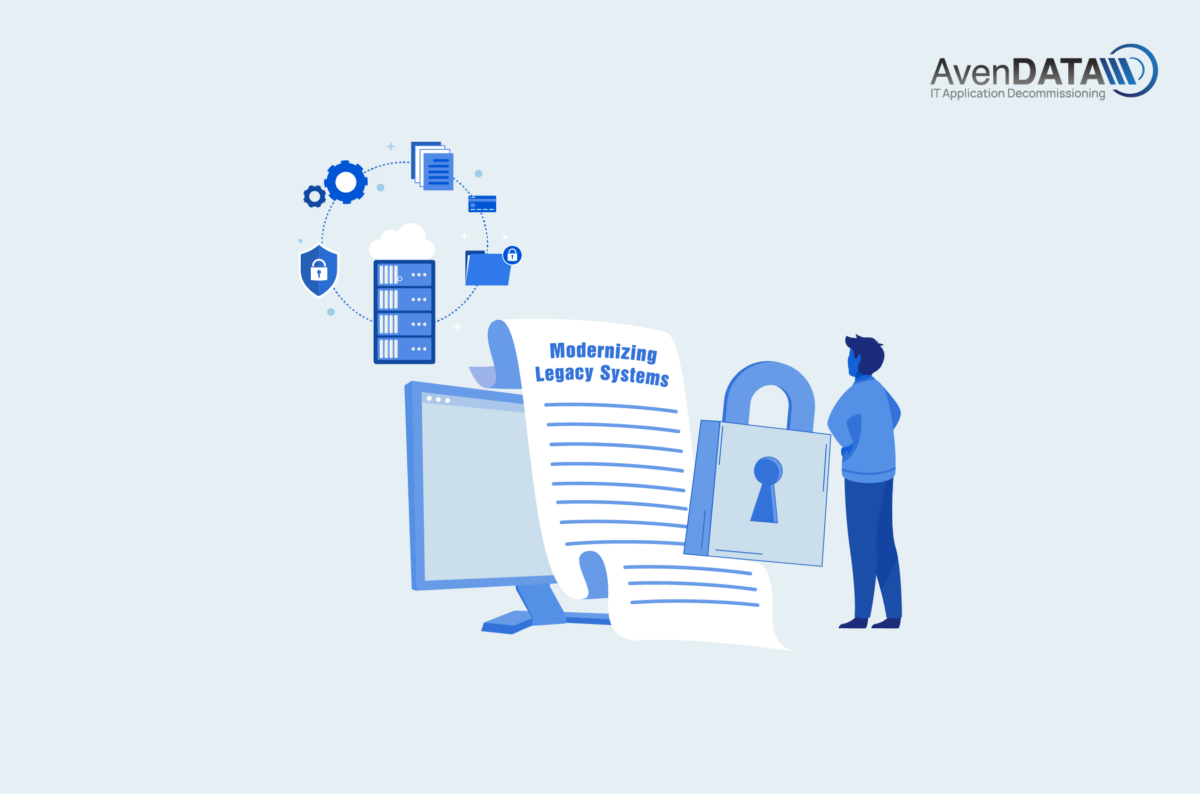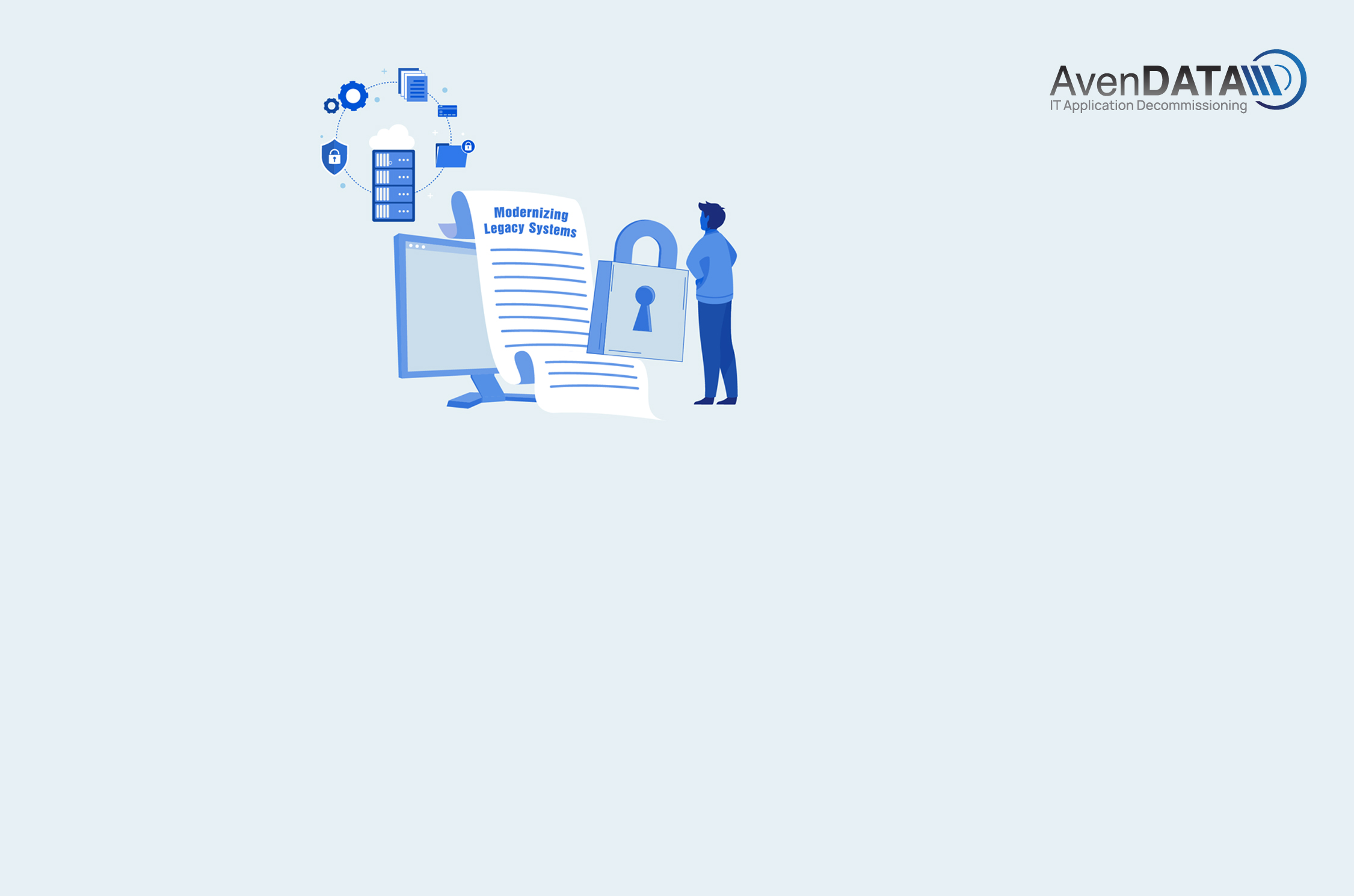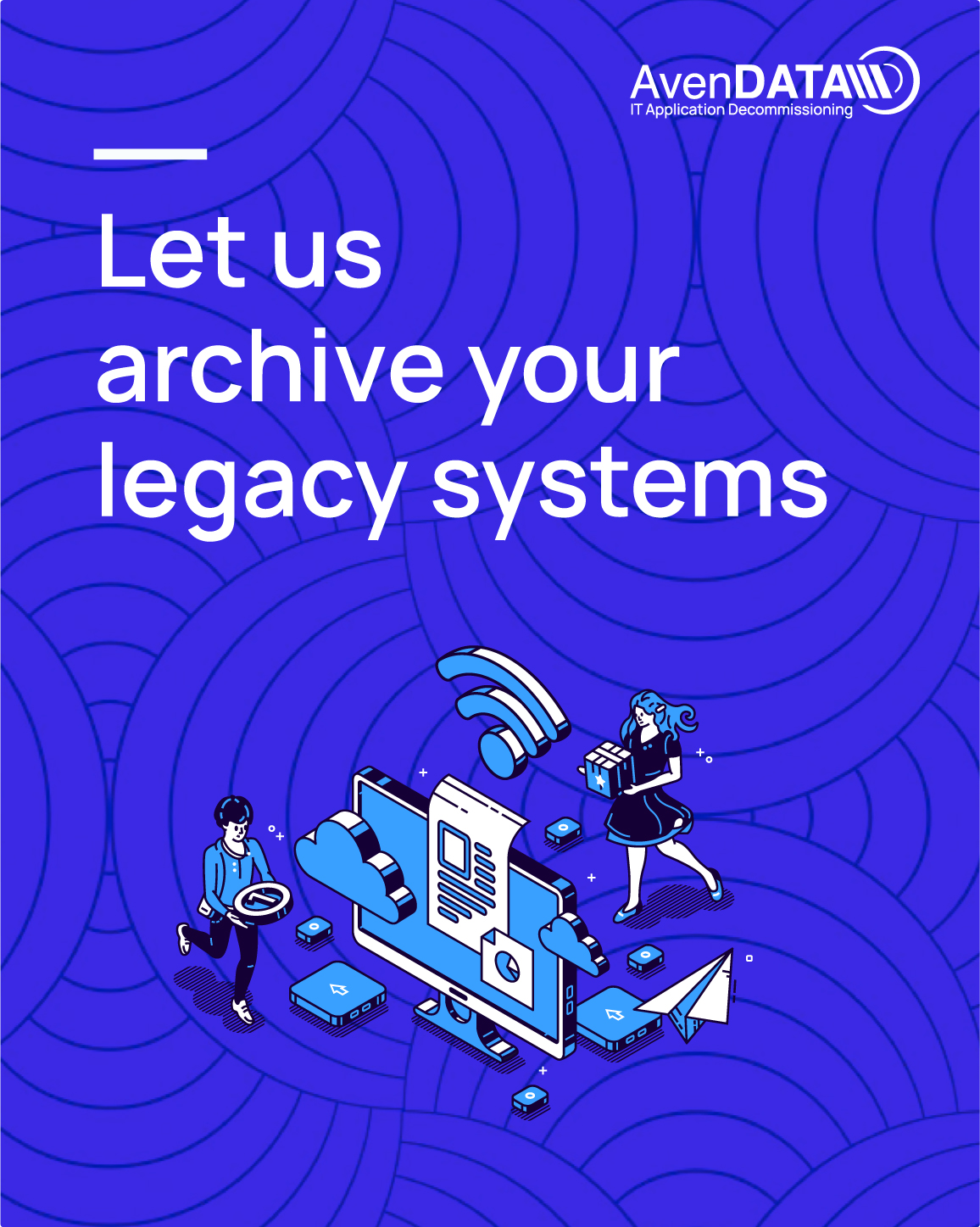In the ever-evolving landscape of information technology, legacy systems are a constant presence, offering both a solid foundation and significant challenges. For IT company owners, the need to modernize legacy systems is not just a choice; it’s a strategic imperative. This blog explores the intricacies of modernizing legacy systems, taking into account the nuances of carve-outs, liquidation, insolvency, and mergers & acquisitions.
modernizing legacy systems Definition:
Legacy Systems Modernizing refers to the process of updating and upgrading outdated, often obsolete, and legacy technology infrastructure, software, and applications used within an organization. The primary goal of modernization is to enhance the efficiency, functionality, security, and compatibility of these systems with contemporary technology standards and business requirements. It often involves migrating data, redesigning interfaces, and sometimes even replacing entire systems with more advanced alternatives. Modernizing legacy systems is crucial for maintaining competitiveness, improving productivity, and reducing maintenance costs, while also ensuring that the organization remains adaptable and resilient in an ever-evolving technological landscape.
The Legacy Systems Conundrum
Strategies for Modernization
1. Assessment and Prioritization:
2. Carve-Outs in Legacy Modernization:
In scenarios where a company is undergoing a carve-out or divestiture, understanding the legacy systems’ role and how to separate them effectively is paramount. Ensuring data integrity and system functionality is crucial during this process.
3. Legacy Liquidation and Insolvency:
4. Mergers & Acquisitions Considerations:
6. System Decommissioning:
The Role of Modernization
Challenges and Risks for Companies
- Data Dangers and Security Threats: Old systems may lack the latest security updates, making them an easy target for cyberattacks and data leaks, which can cost a company money and harm its reputation.
- Inefficiencies: Older systems often don't work well with new technology, causing slowdowns and extra work for the IT team.
- Meeting Rules and Regulations: Many industries have strict rules about data protection and compliance. Legacy systems might not be able to follow these rules, putting the company at risk of legal trouble and financial losses.
- Trouble Scaling: As a company grows, old systems might struggle to keep up with the increased workload, causing performance problems.
- Losing the Competitive Edge: In a fast-changing market, companies with legacy systems can fall behind competitors who use the latest technology and adapt quickly.
How to Deal with These Challenges
- Modernize: One of the best ways to deal with these challenges is to upgrade or replace the old systems with new and more efficient ones.
- Integration: If replacing the old systems isn't possible, you can make them work with newer software and tools through something called "integration."
- Better Security: Protect the old systems from cyber threats with strong cybersecurity measures.
- Move Data: Transfer important data from the old systems to new, safer places.
- Retirement: Sometimes, it's best to say goodbye to the old systems and switch to newer, cloud-based solutions.
- Regular Checks: Do regular IT check-ups to find and fix problems and make sure the old systems follow the rules.
Conclusion
Modernizing legacy systems is a journey that IT company owners must undertake to remain competitive and efficient in today’s IT landscape. Whether dealing with carve-outs, liquidation, insolvency, or mergers & acquisitions, having a solid strategy is essential. It’s an opportunity to unlock the full potential of legacy systems, ensuring they continue to serve as valuable assets while propelling your company into the future of IT.
-
How Legacy Systems Work and Their Architecture
-
Legacy Systems in Digital Era:
-
SAP Carve-Out Guide: Definition, Process, Benefits
-
System Decommissioning: A Strategic Guide
-
20 Reasons why legacy ERP systems must be archived and data should not be deleted
-
IT Mergers and Acquisitions: The ABCs of a Successful Integration
-
Mastering IT M&A and Carve-Outs: Addressing Pain Points with Practical Solutions
-
Modernizing Legacy Systems: A Strategic Guide for IT Company Owners
-
The importance of legacy systems is steadily increasing
-
Ten Key Questions with Emanuel Boeminghaus





